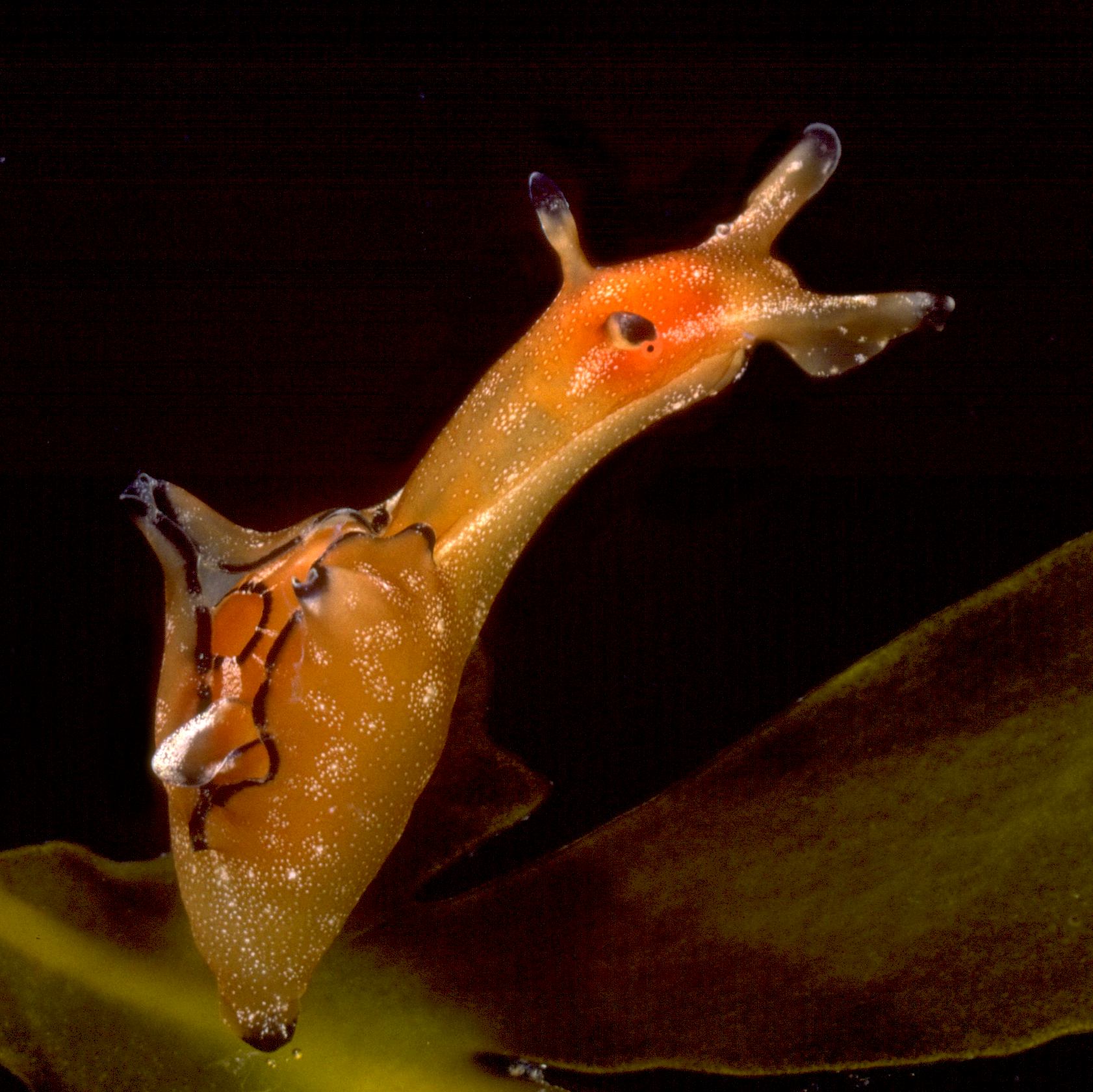The big surprise was that two of those genes are actually used by animals to express proteins for cell adhesion and cell communication. In other words, a single-celled animal is making proteins that are seemingly essential only to multicellular animals.This is co-option--existing functions for proteins (or you can think of anything in the phenotype) change: adaptation occurs. There is often no need for organisms to depend on a macromutation, or frameshift, or gene duplication, to spit out a new function that confers selective advantage. Case in point--the IDiots' favorite flagellum. There is strong evidence that components of the flagellum were around long before the flagellum, involved in a genetic transfer device (T3SS), and thus were co-opted into a new function. Interestingly, adhesin just so happens to be the protein which is polymerized into the pilus...nice tie-in to King's work. I've heard it before, and it's worth repeating: Evolution is a third-world mechanic, not a Western-educated engineer."It's amazing." King says. "We interpret that as evidence that some of the protein machinery for multicellularity actually evolved before the origin of animals, before multicellularity itself. The proteins predated their current function in animals."
Although MikeGene and Dembski complain about co-option, look at the absurdity of their statements:
MG said - "Co-option is the most commonly cited non-teleological means to generate an IC system. Yet, it is essentially a return to raw coincidence to account for apparent design.
WD said - "To explain irreducible complexity, Darwinists in the end always fall
back on indirect Darwinian pathways."
Both of these statements are absurd because it is exactly the same (logic-wise) as me saying, "IDiots always resort to teleological means to generate IC systems, although they are readily explained by co-option via RM/NS. Indeed, it is essentially a return to 'goddidit' to account for something which seems mystifying."
or
"To explain co-option, IDiots in the end always fall back on mysterious, 'somewhere, somehow, something was designed by someone'."
Unfortunately for these purveyors of ignorance as knowledge, people like Dr. King are steadily increasing our understanding of evolution through co-option, making it easier for the non-expert to see the robustness of evolution...as well as making it tougher to stand in the ever-shrinking gap of ignorance, concomitantly exposing the utter scientific vacuity of ID.
________________
Technorati tags: Flagellum, Intelligent Design, Evolution, Creationism, Discovery Institute, Dembski, MikeGene

